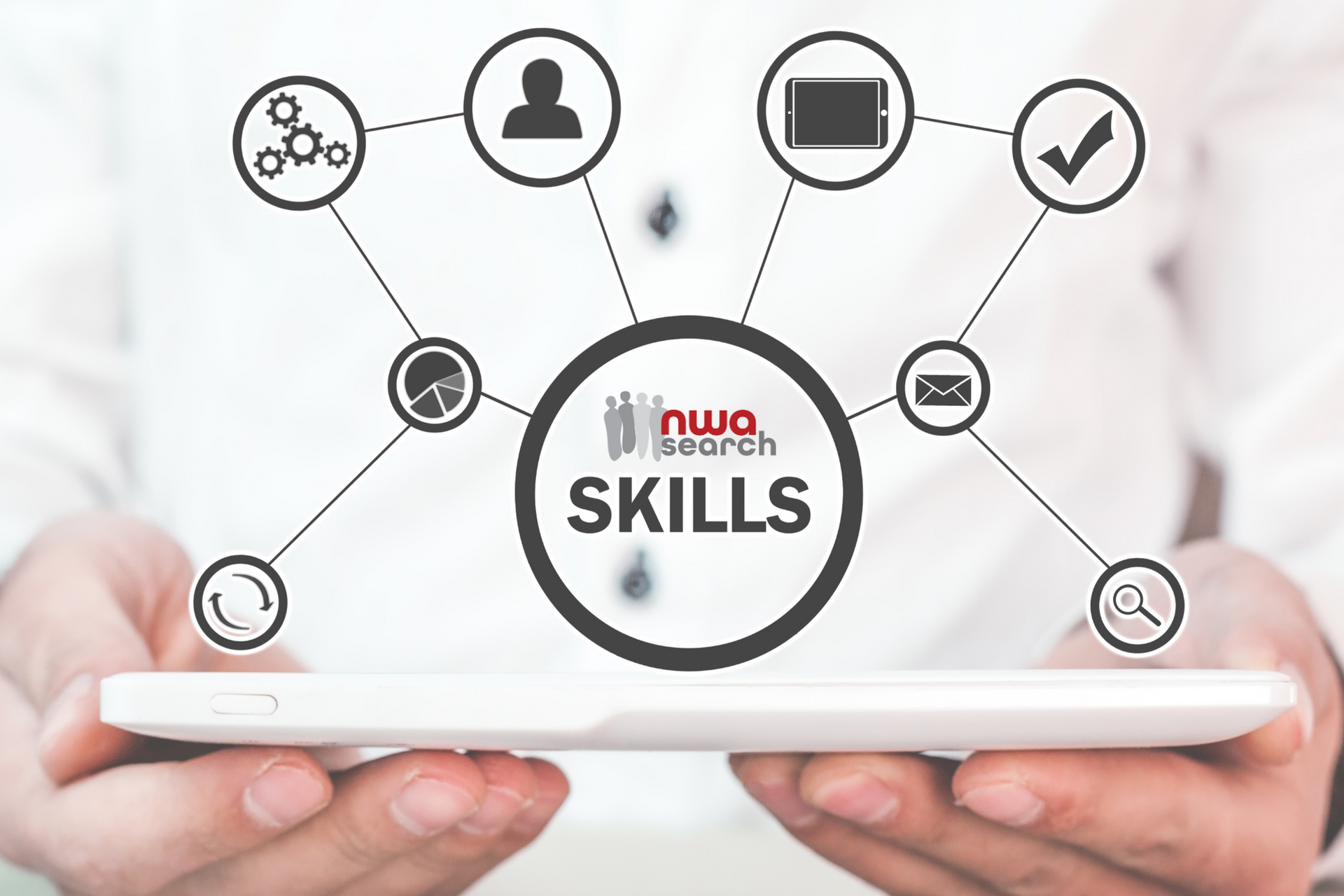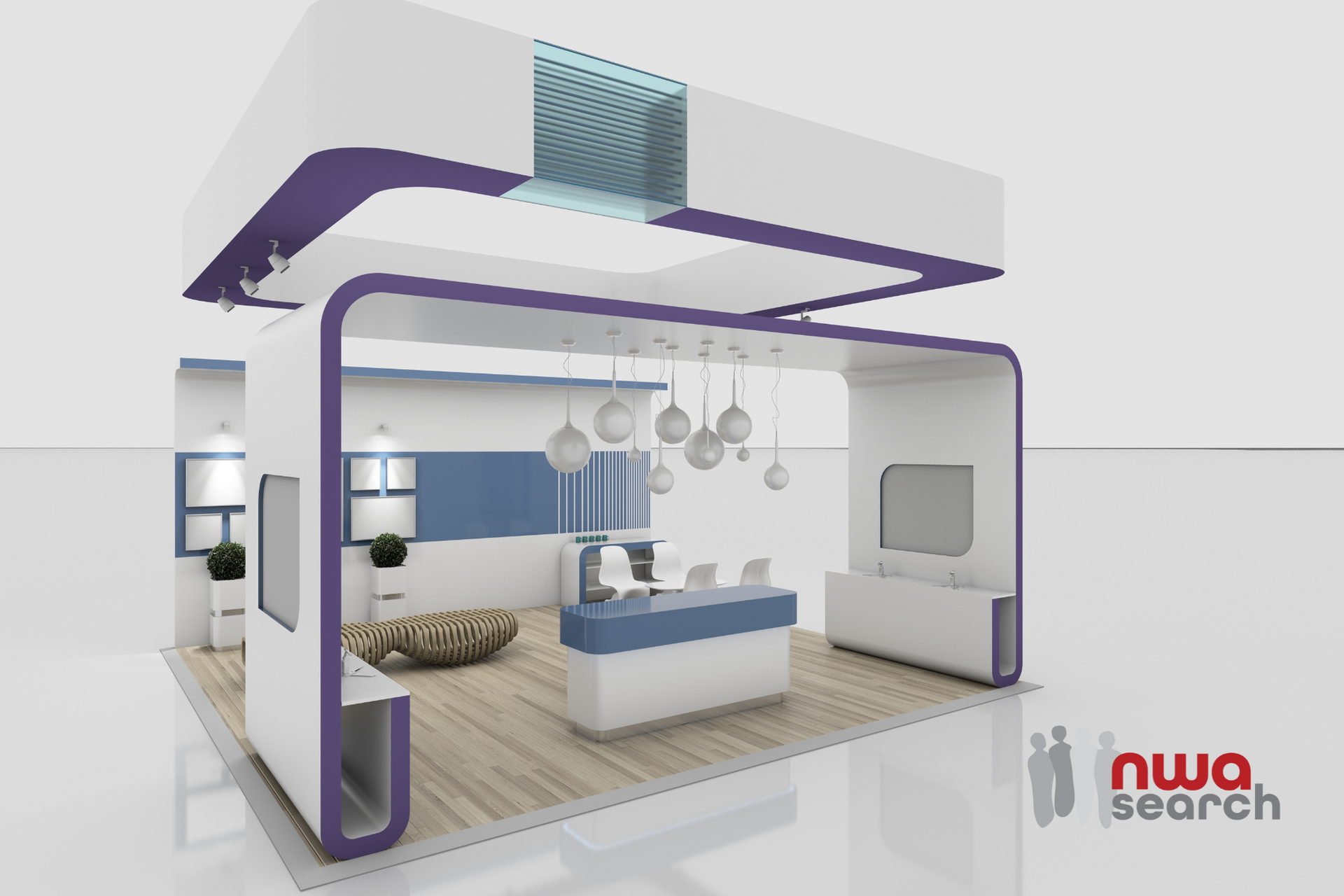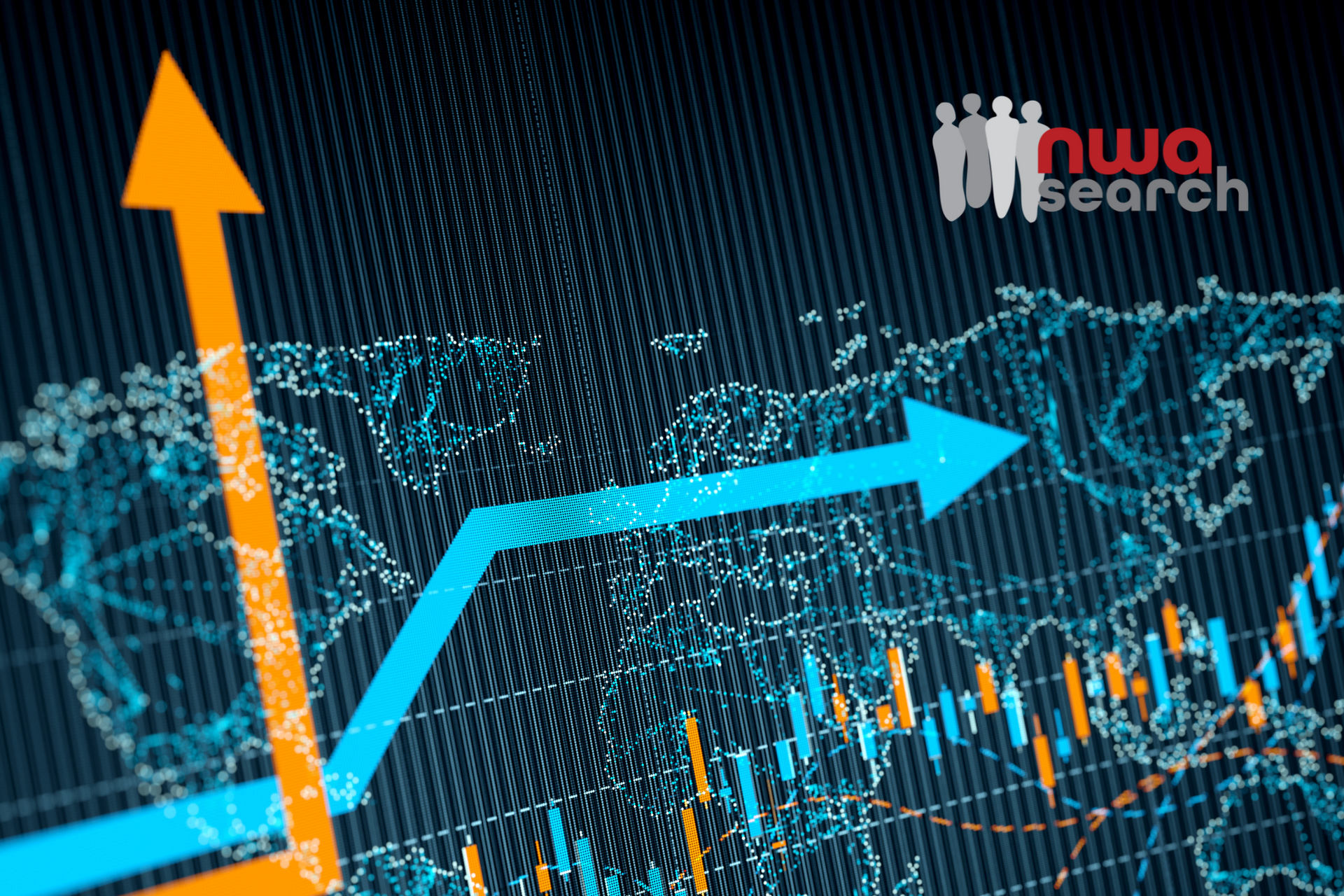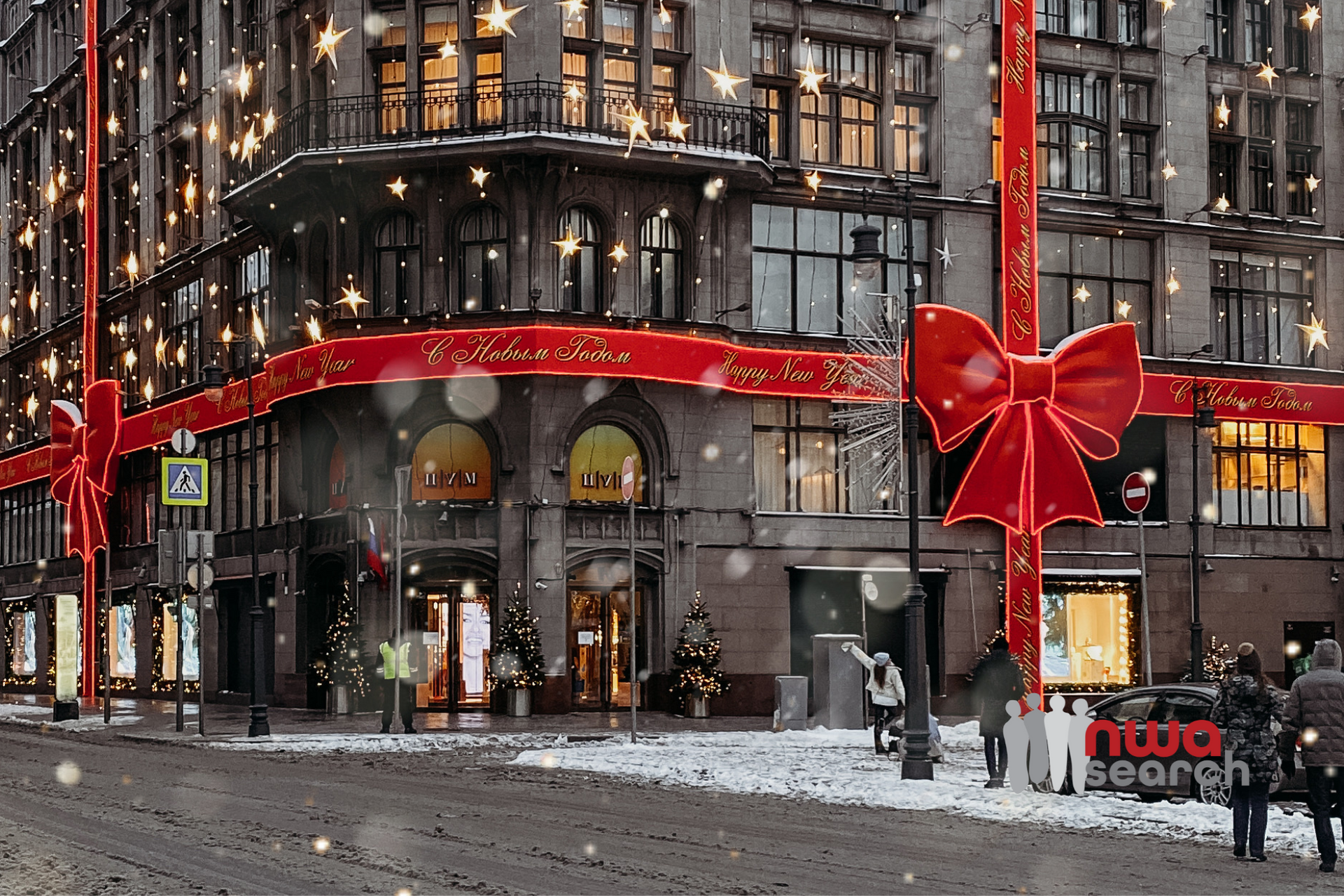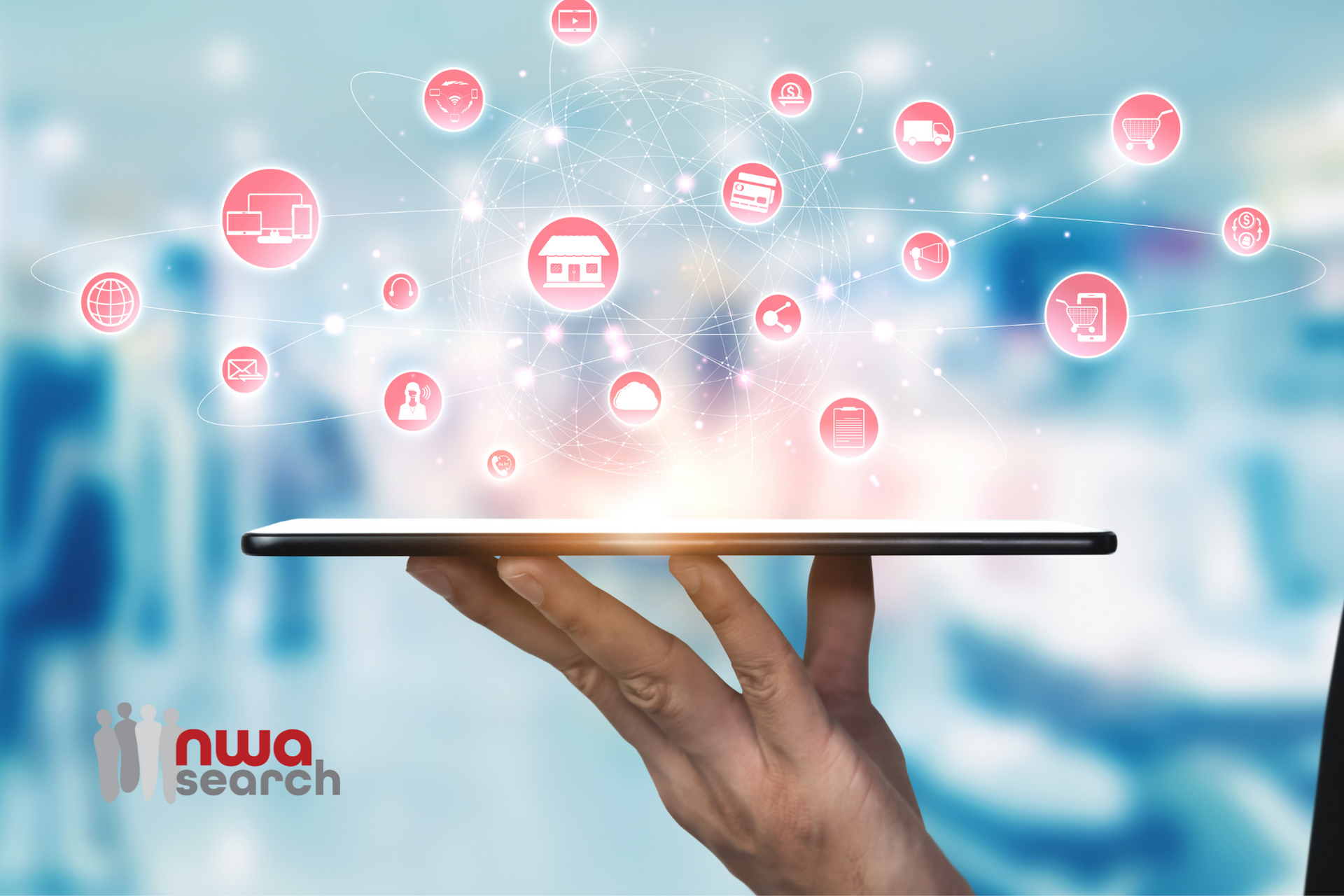Looking Forward at Retail, Web3 & the Metaverse in 2023
Looking Forward at Retail, Web3 & the Metaverse in 2023
Original content to be found on Retailbrew.com & LinkedIn
Written By Maeve Allsup & Claudia Pilgrim
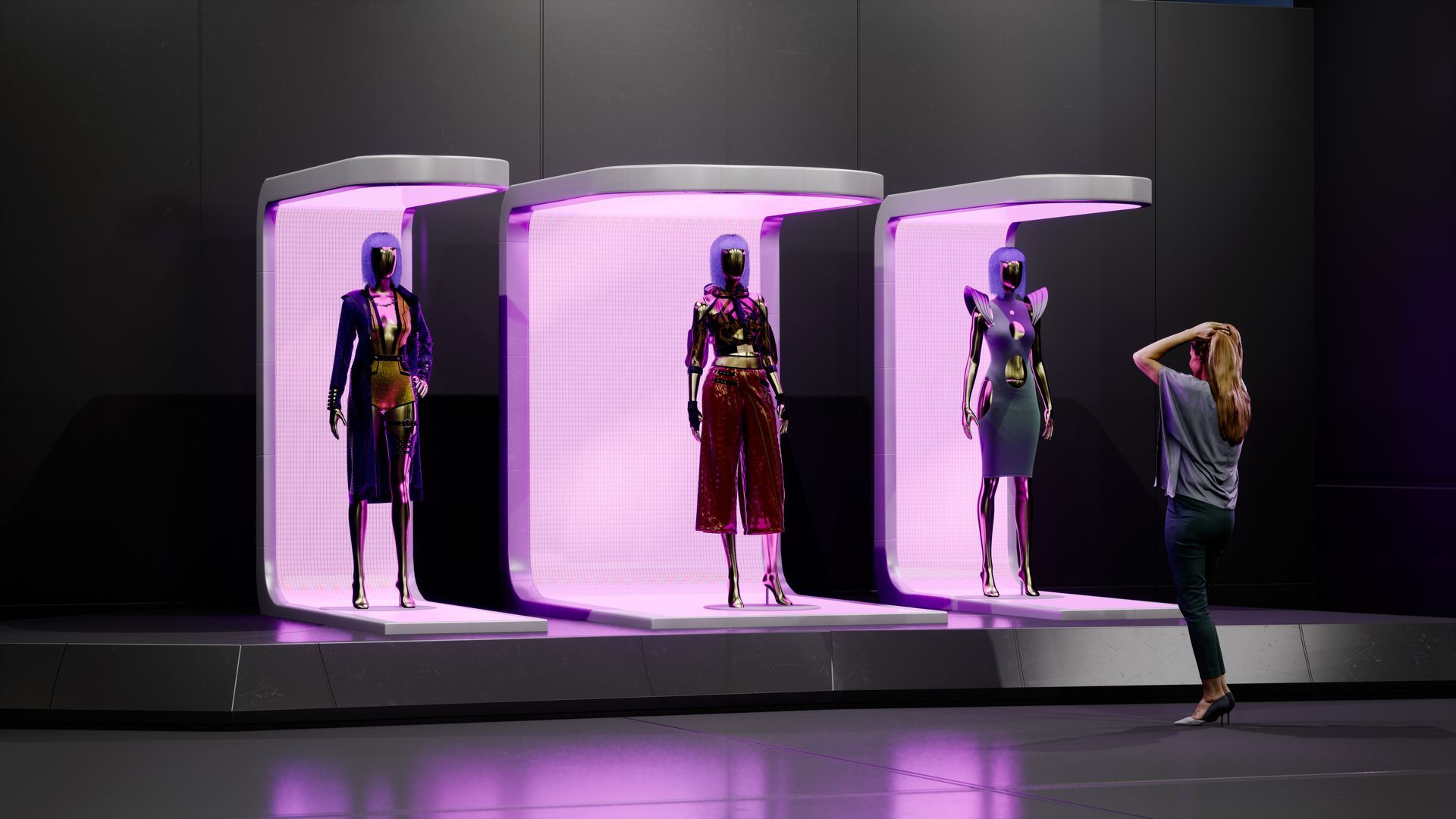
So what is Web3 & the Metaverse?
Web3 reconceptualises retailing with an ultra-personalised shopping experience. Shoppers get an immersive experience, thanks to augmented reality (AR) and virtual reality (VR).
“Imagine being able to virtually try on clothes or test out furniture in your own home before making a purchase. Wear that watch to see if the dial fits into your wrist or if the strap colour looks good on you,” says Ravi Chamria, the CEO and cofounder of Zeeve, a blockchain infra-automation platform.
Further, AI and machine learning have personalised product recommendations based on individual preferences. Personalised product recommendations help retailers to provide the right products, thereby boosting sales.
Retailers are quickly learning how to approach Web3 users and win their business. They are now aware of Web3 users’ willingness to pay for various goods by looking at their digital footprints.
Advantages of Web3 in retail includes:
- Empowering consumers with more privacy than ever before which also gives them more control over their shopping experience
- offering new ways for retailers to connect directly to consumers instead of through third parties
- improvements to customer service
- building new forms of brand value by enabling ultra-personalized shopping experiences
- offering greater transparency into product sourcing and manufacturing (I mean who doesn't like a good behind the scenes)
- rewarding customers for sharing information about their purchases with friends and family
The idea of a decentralized web (Web3) seems to have a strong grip on the hearts and minds of the retail world, from fashion to food. While adoption rates in the general population are still fairly low—earlier in 2022, a National Research Group report found that only 13% of consumers say they know what Web3 is—many brands are betting big on it as a new channel, and spent 2022 experimenting with projects that ranged from futuristic to nostalgic. Brands ranging from Nike to LVMH have demonstrated their belief in and commitment to this next era of the internet, and they didn't show signs of slowing as 2022 drew to a close.
Part of retail’s desire to join the elite group of early Web3 adopters likely stems from the industry’s still-painful memories of being late to social media, and its struggle to create online experiences that are as engaging as their brick-and-mortar offerings, Olga Dogadkina, co-founder and CEO of VR platform Emperia, said.
“It really makes sense for an industry that has been struggling…when it comes to digital channels versus the beauty of their physical channels,” she told Retail Brew. “That’s why there’s this kind of natural appeal.”
The technology hasn’t reached peak usability, but that’s not stopping brands from placing their bets that Web3 is coming for retail—in 2023 and beyond. And the rapid movement in this space means the last 12 months have been packed with learnings and improvements as the retail world finds its Web3 legs.
So, is 2023 the year one platform rises above the rest as the best “metaverse?” Is it the year Apple finally releases its much anticipated AR/VR headset? Is it the year RetailBrew readers surprise us with their EOY thoughts on Web3?
Retailbrew asked a range of experts to take a look into their crystal balls and tell us which way the digital winds will blow in 2023.
Metaverse Manoeuvring
There’s an important distinction between Web3 and the metaverse: Some virtual worlds are built on the blockchain and are considered Web3 metaverses, but not all virtual worlds are built with Web3 technology. And Web2 gaming platforms like Roblox, which isn’t built on the blockchain, are likely to hang onto their popularity with brands in 2023, said Conor McNamara, marketing manager at metaverse-focused SaaS company GEEIQ.
“It’s those traditional gaming environments that are really where brands are investing time and money into at the moment,” McNamara explained. “And that’s obviously because [there is] a huge audience in those spaces already.”
- Web2 gaming platform Roblox, for example, had nearly 60 million daily users as of Q3 2022. By comparison, Web3 worlds like Decentraland and the Sandbox reportedly have under 1,000 daily users.
- Despite the low traffic, McNamara expects to eventually see a rise in the blockchain-based environments, because brands can mint NFT collections within them, and collect better data about those who engage with them.
- But today, brands that are activating in open metaverses are sacrificing user experience, said Nitin Kumar, CEO of software company ZBlocks. “The Web3 metaverses have work to do,” Kumar told Retail Brew. That’s why, he said, so many brands are opting for Web2 virtual worlds: “They just don’t want to associate their brand with a suboptimal experience at this point.”
Doubling Down on Decentralisation
An important thing for brands to understand is that Web3 is both a set of technologies, and a mindset, said Timmu Tõke, founder of Ready Player Me, which creates animated avatars that can be used across virtual worlds.
“There’s a whole new generation of developers that say: We are Web3-minded, we want to have the open metaverse…We don’t want to live in one big world that one company built,” Tõke explained. “That’s the mindset that really pushes us towards a more open and connected and decentralized metaverse.”
- And the current *ahem*...downturn in the crypto market, isn’t necessarily a bad thing for metaverse innovations, Tõke added. In fact, it might mean a wealth of exciting projects in 2023.
- “When the market is down…they’re focused on creating interesting user experiences. They’re focused on creating real retention,” he said.
Don’t write off NFTs
Jamie Burke, founder and CEO of Web3 VC firm Outlier Ventures, said NFTs are top of mind for him moving into 2023.
“I think one of the big [trends] is moving away from one-off drops with NFTs into subscription-type models, where you are subscribing to digital brands,” Burke told Retail Brew. That shift is forcing brands to think about managing the life cycle of their digital goods, and about managing relationships with token holders, he added.
- GEEIQ’s CEO Charles Hambro refers to NFTs as “the new CRM,” McNnamara said, because of the engagement rates within their audience compared to emails.
- That high value is fueling a trend McNamara said GEEIQ is already seeing this year, and expects to take off in 2023: the emergence of Web3 and metaverse-focused hiring.
- “Where traditionally this would have been a marketing exercise, there are now specialists coming in…and I think we’re going to see more and more of that,” he said.
All eyes will be on community engagement
Loyalty programs will be one of the top use cases for NFTs in 2023, said Kumar, pointing to projects like Starbucks’ Odyssey and Nike’s .Swoosh. “By definition, a loyalty point is a token of your loyalty and your reward,” he explained. That, he added, makes NFT-powered rewards “pretty intuitive.”
- “What Starbucks and Nike are doing is they’re taking the audience and converting it to the community,” Kumar said. “If you’re sitting on social media, you have all these people in the audience but they’re not a community, they aren’t connected with each other.”
Impact of Web3 on brands and retail in the future
The possibilities of Web3 blockchain technology are exciting. The data, insights and transparency that it can provide for both brands and retailers will no doubt lead to the creation of more effective marketing campaigns, which will ultimately lead to higher satisfaction levels among customers.
The fundamental shift taking place with decentralized technologies like blockchain and cryptocurrency is going to take a while to play out. The use cases we’ve covered in this article will take time to develop and reach mainstream adoption (if ever).
However, there are already signs of a transformation in how brands interact with consumers — and vice versa — taking place. It’s easy to see how these trends can cause disruption in retail, marketing, and loyalty programs.
While it may be too early for a retailer or brand to start adding crypto payments or implementing blockchain-based loyalty programs, getting involved with the latest tech developments is essential for those companies looking to keep up.


